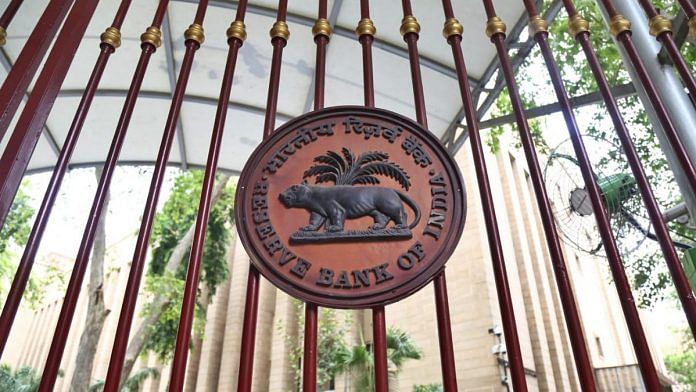Mumbai: A debate is raging among India’s monetary panel members on the credibility of the central bank’s inflation forecasts, and the discussion may have a hand in determining the course of future policy.
J.R. Varma, a member of the rate-setting panel, sparked the discourse when he argued that the nation’s steep yield curve reflected a lack of faith in the Reserve Bank of India’s price-gains estimates. Michael Patra, the central bank’s deputy governor for monetary policy, has countered with his own thesis, that the curve is driven by liquidity in a market that’s backward-looking on inflation.
“The underlying relationships that drive term premia are complex and constantly shifting,” Patra, along with Harendra Behera and Joice John, wrote in a research paper that was published in the central bank’s November bulletin. “Empirical analysis over the period from January 2006 through September 2020 suggests that global uncertainty and liquidity are the main drivers of the term premium in India.”
The debate between the two policy heavyweights is sharpening the focus on India’s rate outlook at a time when the central bank is trying to keep borrowing costs low without further stoking already elevated price pressures. The RBI has resorted to unconventional measures such as Operation Twist — buying bonds and selling shorter paper — in a bid to ease long-term yields.
Varma, part of the new monetary policy panel that held its first meeting in October, is a professor of finance at the Indian Institute of Management, Ahmedabad, and a financial sector expert. A RBI spokesperson and Varma didn’t immediately respond to emailed requests for comment.
At the heart of the discussion is the term premium, or the difference between short and long term yields. From July 2019 to August 2020, the gap between the policy rate and the 10-year bond yield increased 150 basis points to 215 basis points. It’s now at 191 basis points, with the repurchase rate at 4% and the 10-year yield at 5.91%.
One of the hallmarks of a credible inflation-targeting regime is a substantial compression of the inflation risk premium, and the steep curve indicates doubts about the central bank’s accommodative guidance, Varma was quoted as saying in the minutes of the RBI’s October rate meeting.
At the review last month, the RBI kept its policy rate unchanged, citing high inflation, but said its accommodative stance would extend into the next financial year. Varma was the sole dissenter, contending that the stance on lower-for-longer rates should not be a decisive one.
Elevated inflation
Retail prices rose 7.61% in October from a year earlier, steeper than the 7.31% increase estimated in a Bloomberg survey. Inflation has now remained above the 6% upper limit of the central bank’s tolerance band for seven successive months, but the RBI’s panel expects pressures to wane as food prices ease.
Patra argued that term premium is most closely associated with liquidity conditions, while its link with realized inflation is only moderate. Analysis shows that the bond market is backward-looking in its inflation view and adapts to prints that are one-month old, he said.
“With interest rates at or the near-zero lower bound in several advanced economies, whether real or nominal, monetary policy that seeks to compress the term premium and influence the long-term interest rates more directly takes a step into the unknown,” Patra and his co-authors wrote. – Bloomberg
Also read: IIP turned positive in Sept, but inflation ‘unrelenting’ at 77-month high of 7.6% in Oct



